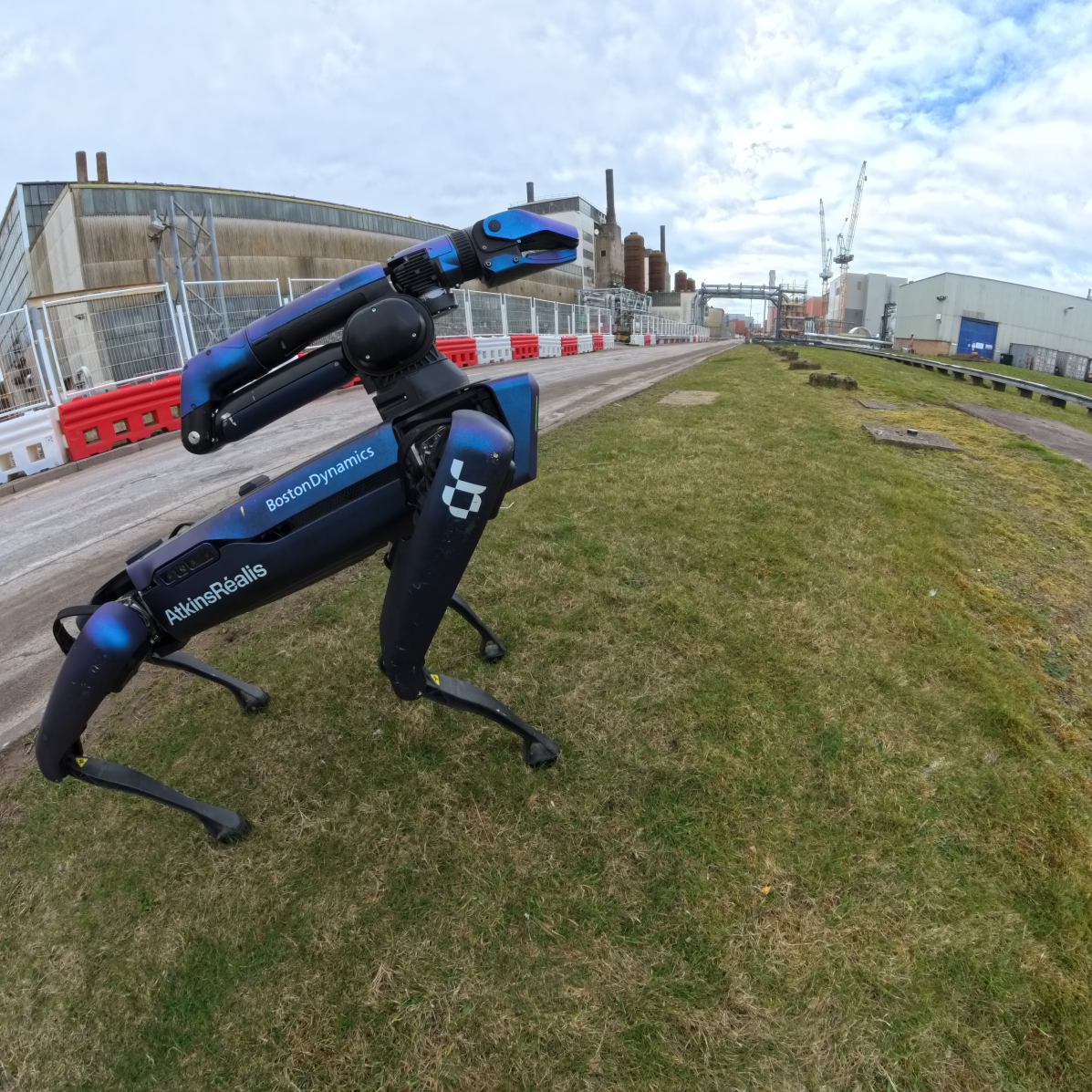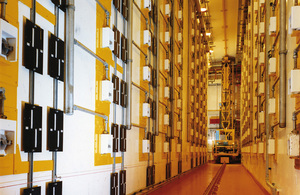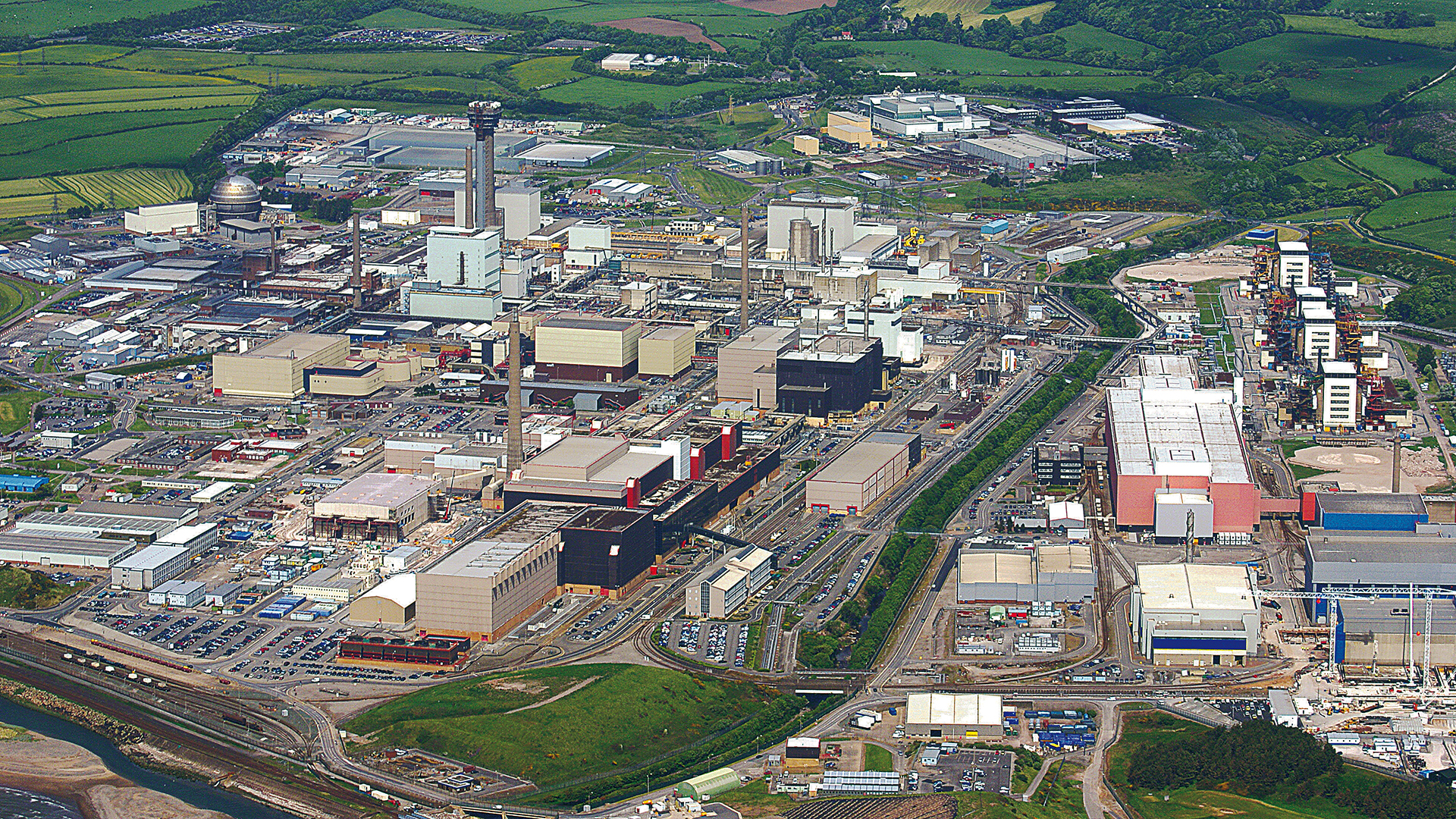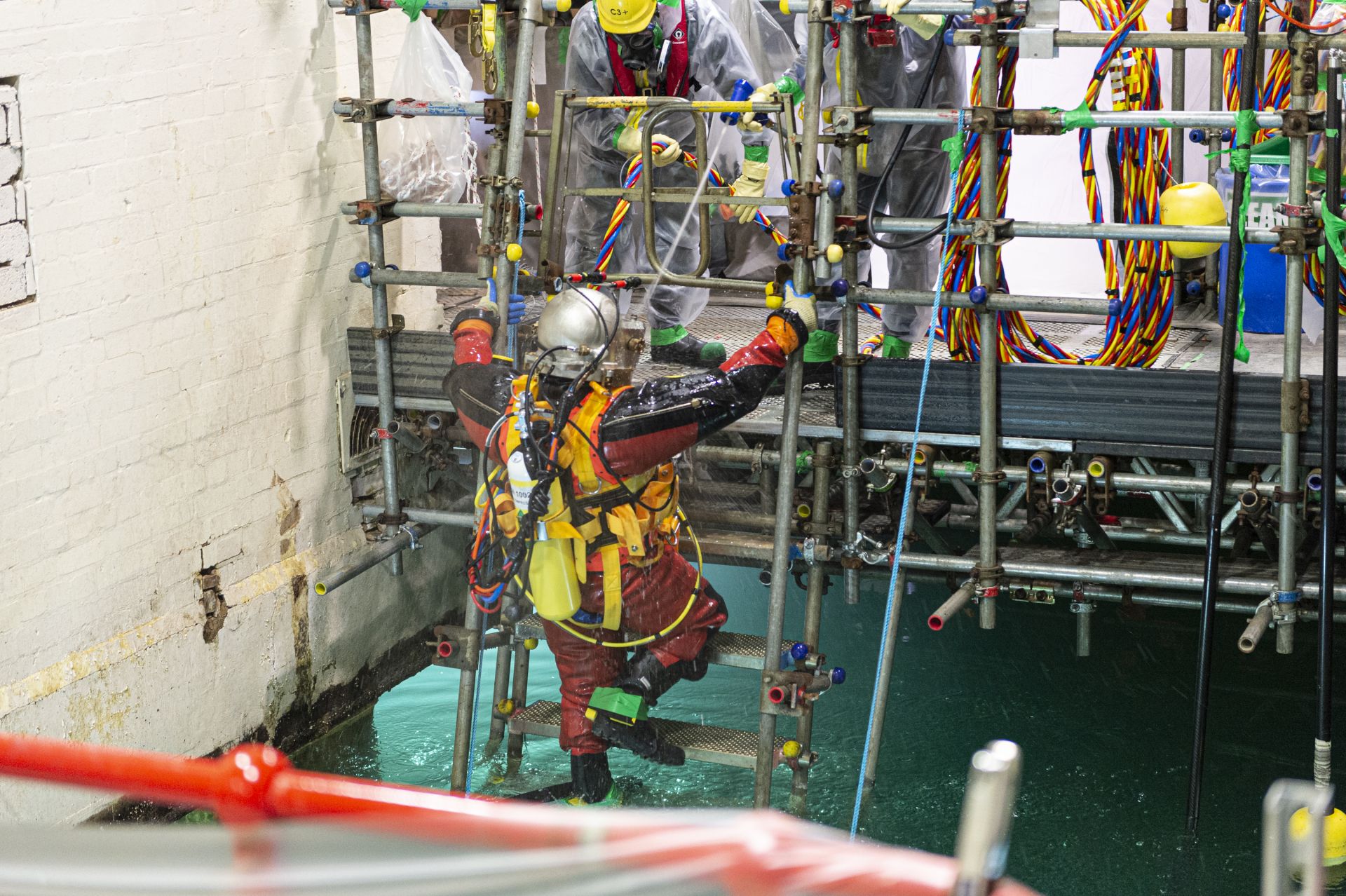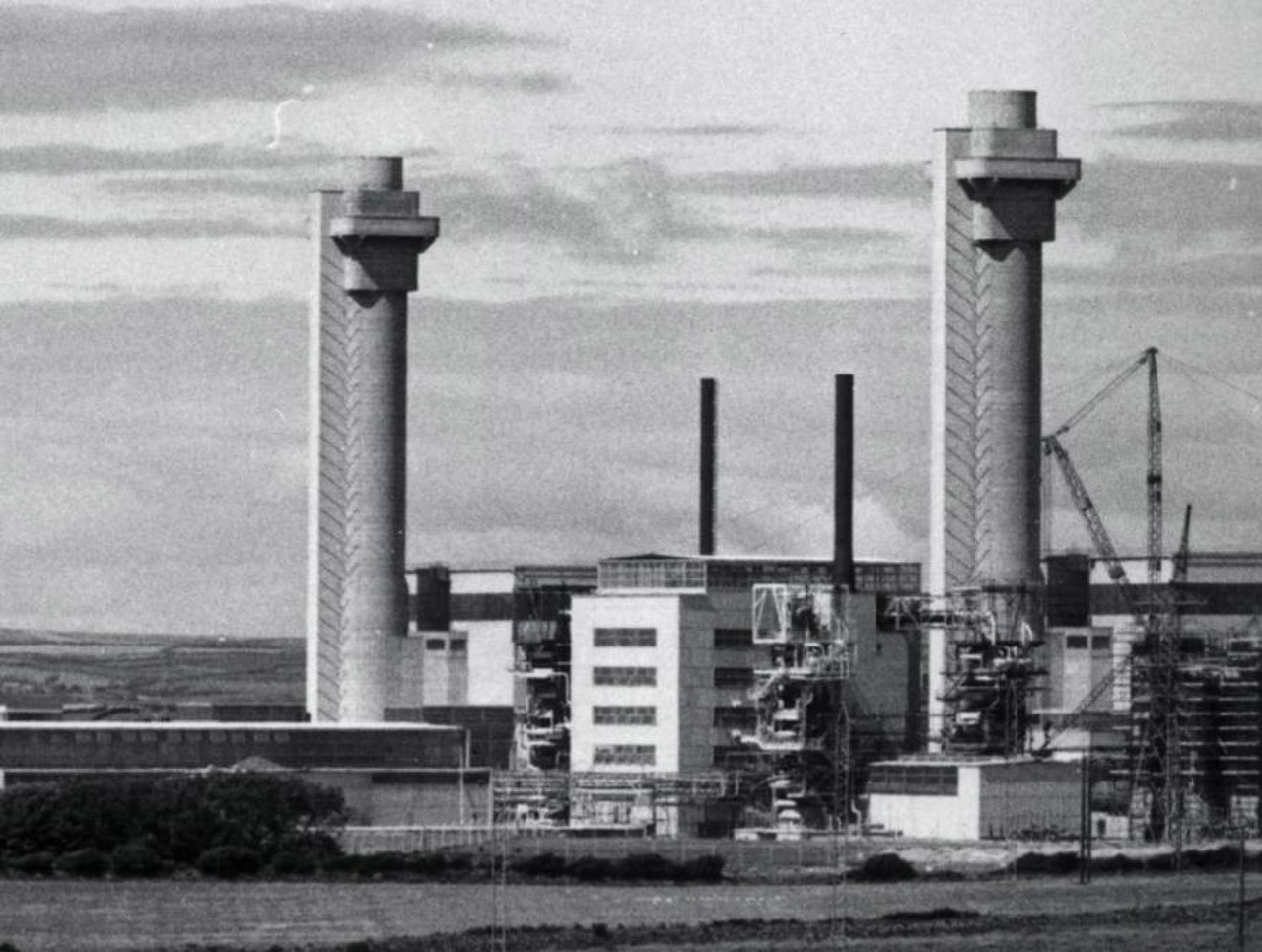Researchers at the University of Sheffield are exploring new cement technologies to safely encapsulate nuclear waste. (Photo: University of Sheffield)
The University of Sheffield announced that it has engaged in a new £1 million (about $1.29 million) research partnership with Sellafield Ltd., the U.K. Nuclear Decommissioning Authority, and the U.K. National Nuclear Laboratory that will seek to address some of the challenges of nuclear waste encapsulation by looking at new cement technologies to provide safe and reliable disposal solutions.
Spot, the robot dog, on-site at Sellafield. (Photo: AtkinsRéalis)
Sellafield Ltd. and AtkinsRéalis have successfully operated a robotic dog from a remote location in what might be the first time such an operation has happened at a nuclear licensed site, according to the companies in a March 18 press release.
The nuclear fuel reprocessing plant product store at Sellafield. (Photo: NDA)
The United Kingdom’s Nuclear Decommissioning Authority has announced that it will establish a Plutonium Ceramics Academic Hub with the Universities of Manchester and Sheffield. The announcement follows a decision by the U.K. government in January to immobilize the country’s inventory of civil separated plutonium at the Sellafield nuclear site, mitigating the material’s long-term safety and security risks.
The Sellafield nuclear site in Cumbria, England. (Photo: NEA/OECD)
Despite progress made over the past years, the United Kingdom’s Nuclear Decommissioning Authority (NDA) has not seen an adequate return on investment in cleaning up the Sellafield nuclear site on England’s Cumbria coast, according to a new report by the U.K.’s National Audit Office, which scrutinizes government spending.
Josh Everett, a diver with UCC UK Ltd., enters bay No. 11 of Sellafield’s Pile Fuel Storage Pond in December 2022, the first time in over 60 years a diver has entered the legacy pond, used to store a variety of spent nuclear fuel types and wastes. During this commissioning nuclear dive, Everett’s underwater tasks included emergency diver extraction trial confirmation, radiation monitoring system verification, and radiation contact meter commissioning. (Photos courtesy of Sellafield Ltd.)
The last time a human entered the Pile Fuel Storage Pond at the Sellafield nuclear site in Cumbria, England, was in 1958, when records show a maintenance operator and health physics monitor carried out a dive into the newly constructed pond to repair a broken winch. At least that was true until December 2022, when Josh Everett, a diver from the U.K. specialist nuclear diving team Underwater Construction Corporation (UCC) UK Ltd., became the first person in more than 60 years to work in one of the most unique workplaces in the world.
The DOE-EM–Sandia team and Sellafield representatives pose with Spot Robot at the Sellafield Engineering and Maintenance Centre of Excellence. (Photo: DOE)
Robotics experts from Sandia National Laboratories and representatives from the Department of Energy Office of Environmental Management’s Technology Development Office recently visited the Sellafield nuclear site in England to discuss how robotics, artificial intelligence, and other emerging tools can be developed and used in nuclear cleanup operations.




